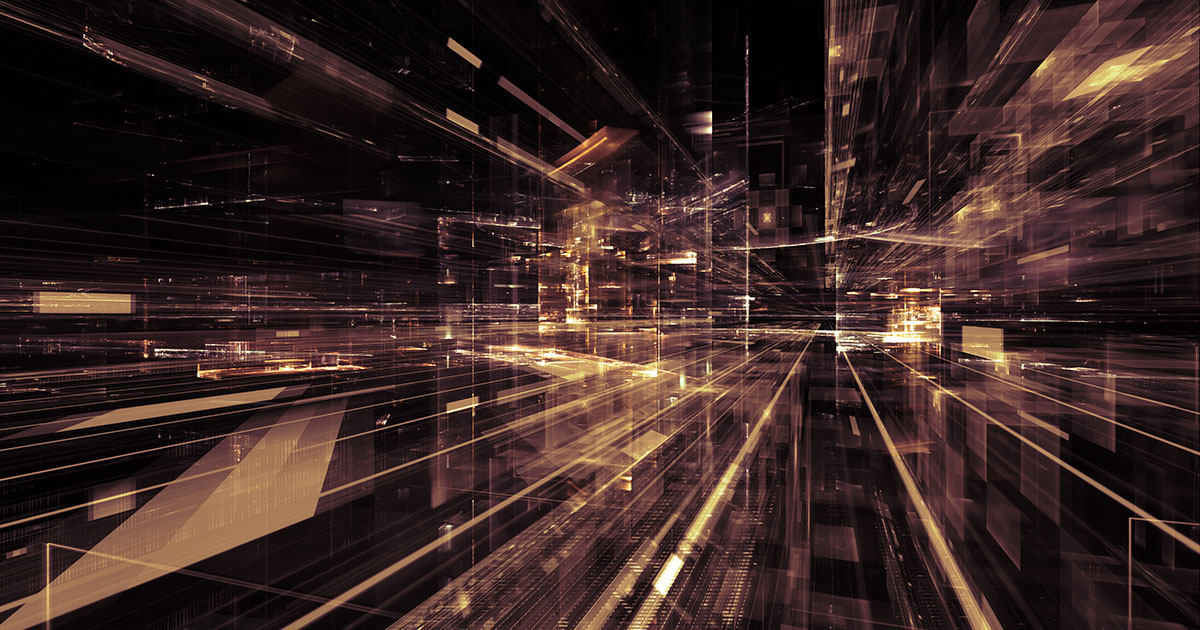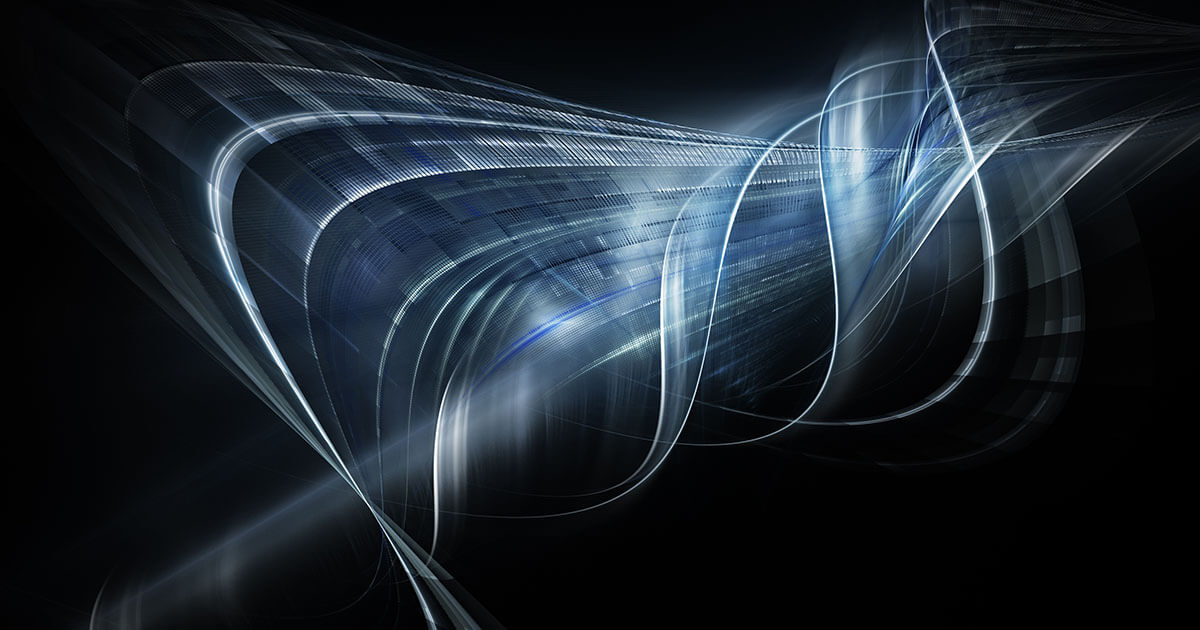BIOS reset – return your PC to its factory settings in a few steps
Sometimes it’s necessary to reset a computer, for example, after purchasing a used PC or when you’ve made changes to an existing system. In these cases, you should consider resetting the system settings. A so-called BIOS reset ensures that a computer runs on its factory settings. Similarly, power failures or newly installed hardware may make it necessary to restore a system to its original BIOS configuration. Even if you plan on selling your PC, a reset is recommended.
Read on to learn tips and tricks to reset the BIOS in our step-by-step guide.
How to perform an automatic BIOS reset
What is BIOS? The BIOS (basic input/output system) or UEFI – as the system setup is called in newer configurations – serves as a self-test of the most important hardware components and at the same time an initialization of installed hardware, such as a graphics card.
Changes and resets of the BIOS can be performed from the computer's BIOS menus. Sometimes a manual reset is necessary, for example, when access to a software is not possible.
To reset the BIOS, you’ll need to launch the BIOS. Turn on your computer and press and hold the Setup key at startup. Depending on your PC this may be the F2 or the F10 key. During a restart, the correct key is usually displayed on screen. You may also check with your PC manufacturer or consult an online manual.
In the BIOS menu of your computer, use the arrow keys to navigate between individual menu items. To reset the computer, select the menu item labeled “Setup Default” or similar. This may vary from one system to another. The option could also be labeled “Load Setup Defaults” or “Reset to Default”. Confirm your selection by pressing ENTER.
Your system will now likely confirm that the “Default Configuration”, i.e., the factory settings, are being loaded. Once confirmed, the BIOS reset is performed automatically.
If you cannot access the BIOS, you may not be able to avoid having to open your computer. Important: opening the computer up usually voids its warranty. Keep this in mind if you plan on selling the computer.
When performing a manual reset, make sure you turn off the computer beforehand and disconnect it from all power sources. This includes the laptop battery if it can be removed manually. For safety reasons, you should discharge yourself, for example, by touching a metal surface. This will prevent any damage to the mainboard or other components.
How to perform a BIOS reset manually
If you cannot access the BIOS, you may not be able to avoid having to open your computer. Important: opening the computer up usually voids its warranty. Keep this in mind if you plan on selling the computer.
To reset a computer manually, you must perform a so-called CMOS reset. The Complementary Metal Oxide Semiconductor or CMOS for short is the memory chip of the computer on which the BIOS parameters of the mainboard are stored. A CMOS reset interrupts the power supply of the memory chip, which resets the parameters to the factory settings.
When performing a manual reset, make sure you turn off the computer beforehand and disconnect it from all power sources. This includes the laptop battery if it can be removed manually. For safety reasons, you should discharge yourself, for example, by touching a metal surface. This will prevent any damage to the mainboard or other components.
Reset BIOS: Removing the CMOS battery
You can reset the BIOS manually by removing the CMOS battery of the mainboard. The battery is often a coin cell, typically used in wristwatches. Once the battery is removed, press the power button for about 15 seconds. This will discharge any residual energy stored in the system. Another way to reset the CMOS is via a switch installed on the motherboard.
Reset BIOS: Reconnect CMOS switch
The so-called CMOS jumper can be moved from the standard position to a delete position. The jumper is plugged onto two pins, a third pin next to it is not assigned. From the standard position, you can move the jumper one pin further so that the delete position is assumed.
Press and hold the power button for about 15 seconds to safely discharge the remaining energy. Once you reconnect the switch, the reset is initiated within a few seconds. Once reset, plug the jumper back to the original pin position.
What to consider during a BIOS reset
- First of all, you should allow enough time for resetting the computer. Not everything always works as smoothly as expected. Under optimal conditions, however, a reset is completed within a few minutes.
- Check in advance if you have access to the BIOS and could reset settings from there. If your only option is a manual reset via the CMOS, search for videos or pictures that clearly demonstrate the process for your computer model (you’ll want to be able to see the components on the motherboard). This will make the reset much easier since you already know what to look for.
- If you want to reset the computer because you made changes to the system, you should create a comprehensive backup of all important data before a BIOS reset. In case of newly installed hardware that fails to communicate with the system, a BIOS update may be the solution.
- In addition, it’s useful to have another device with Internet access close to hand during the reset. This way you can search for a solution in case of unexpected complications.
- A computer BIOS automatically performs a kind of self-test during each reboot. If an error occurs during this test, the system emits a tone via the system speakers. These BIOS beeps have different meanings, which may hint at a BIOS reset being necessary. When you start up your computer, listen for unfamiliar sounds from the system.
Conveniently auto back up your data with MyDefender by IONOS. It’s compatible for different devices and includes smart versioning and easy recovery.




